 This article is aimed specifically at dive retailers, instructors and anyone else who sells or recommends equipment to students. Its message is simple: The kind of snorkel we’re generally recommending or selling to beginning scuba divers is absolutely, positively the worst kind for them to buy. And we’ll tell you why.
This article is aimed specifically at dive retailers, instructors and anyone else who sells or recommends equipment to students. Its message is simple: The kind of snorkel we’re generally recommending or selling to beginning scuba divers is absolutely, positively the worst kind for them to buy. And we’ll tell you why.
Just what kind of snorkel are we talking about here?
Although there are many variations of this type of snorkel, they generally have the following features in common:
- They are big and bulky.
- They have some sort of deflector, valve or other gadget at the tip which is supposed to eliminate or at least reduce the amount of water that gets into the snorkel.
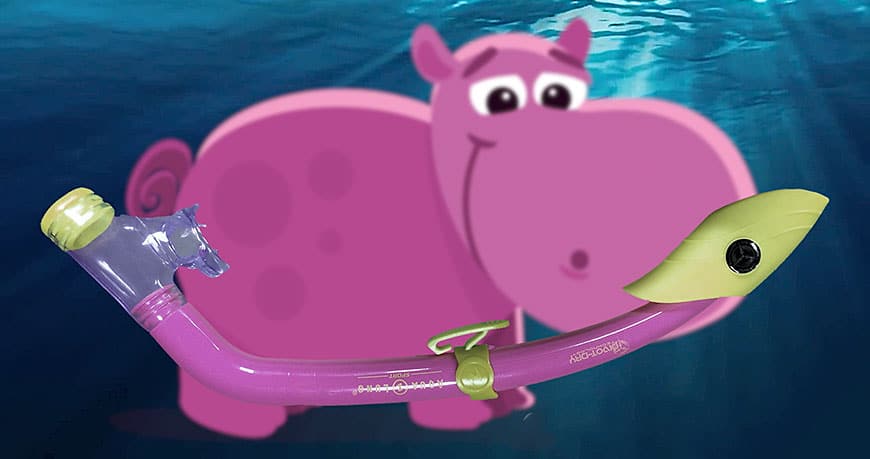
- They have a one-way drain at the bottom that is supposed to reduce the amount of water a user has to clear.
- They can’t be folded for storage and, as a consequence, about the only place scuba divers can carry them is to keep them attached to their masks.
Some of those sound like desirable features. So what’s the problem?
There are actually several.
- The size and bulk creates considerable drag. This can be a problem when diving in currents.
- When diving around guidelines in caverns and wrecks, or any underwater structure covered with fishing line or nets, having a mask-mounted snorkel increases the risk of entanglement.
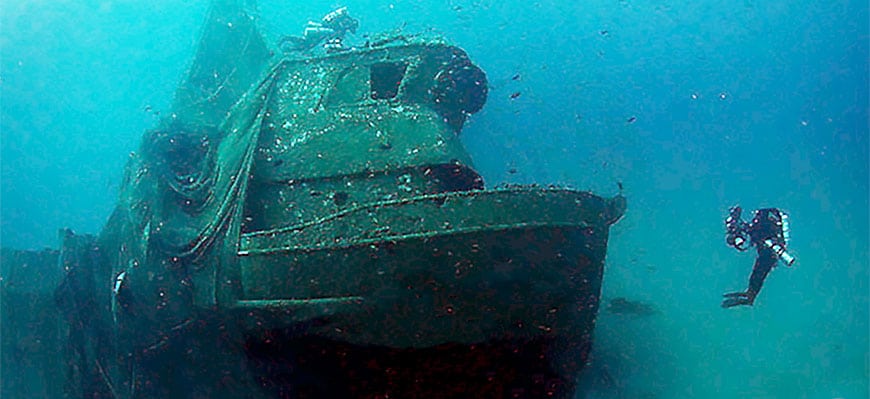
- The flexible lower section of many snorkels is easily mistaken for a BC inflator hose, which it inevitably ends up lying next to. (We’ve seen more than one diver plummet to the depths while trying desperately to inflate his snorkel.)
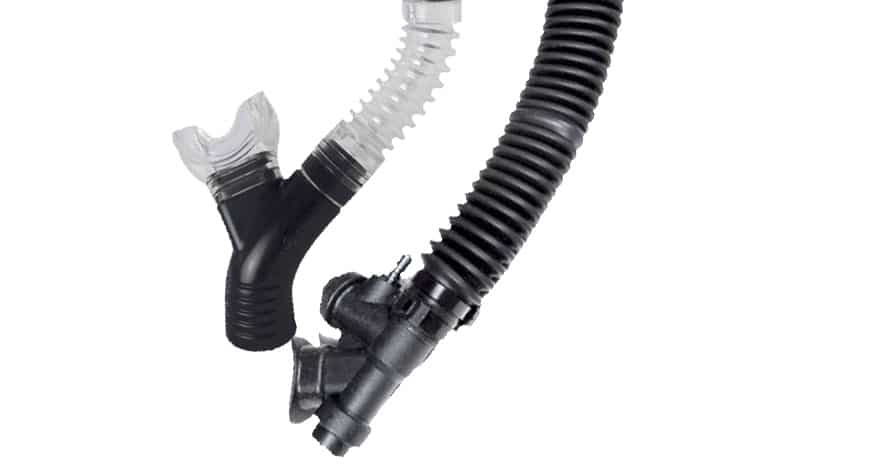
- Snorkels that self drain are actually poorly suited for freediving as the one-way valve near the mouthpiece makes it impossible to do an effective displacement clear.
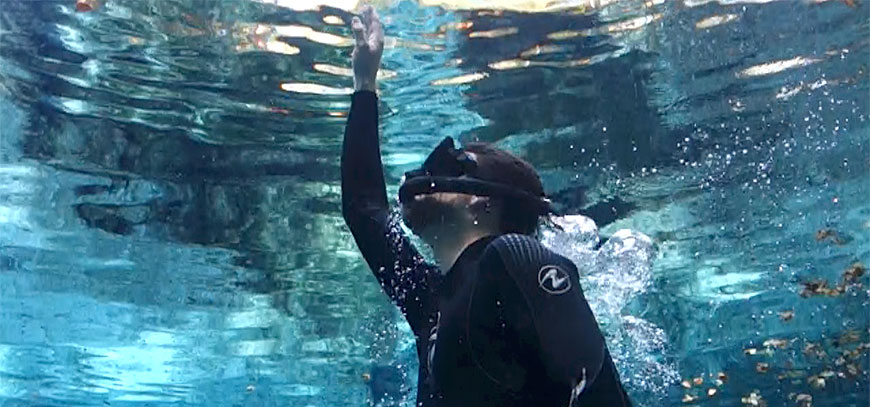
One of the chief drawbacks of this type of snorkel is cost. A snorkel which incorporates most or all of these features can easily retail for $US50 – $US60 or more. That’s a lot of money for something most divers will seldom, if ever, use. It’s also money that could be put toward equipment divers would find significantly more valuable.
That’s not to say snorkels like these don’t have their place. They are an excellent choice for the casual snorkeler, who is typically self-taught, and does not know how to perform a blast or displacement clear. (You know, the kind of guy who is likely to return the simple snorkel you sold him because it “leaks.”)
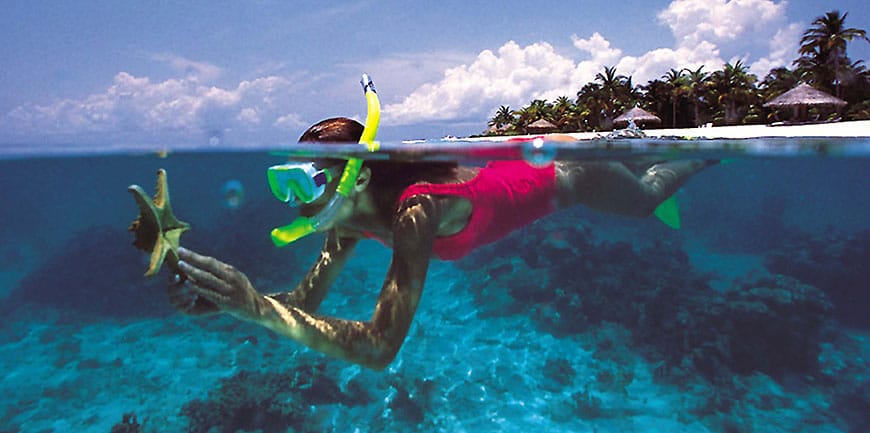
The biggest drawback of all
Why do scuba divers even need snorkels? Prior to 1980, snorkels were an essential piece of equipment as the horse-collar BCs and snorkeling vests of the time often provided insufficient lift to keep divers’ heads completely out of the water when at the surface. That changed with the widespread adoption of jacket-style and back-inflation BCs. With these, divers could rest or swim on the surface with their heads completely out of the water and while breathing comfortably through their noses and mouths.
- The need for divers to even be at the surface is relatively rare. Most diving takes place from boats, where divers descend almost immediately upon entering and try to surface as close to the boat as possible. Similarly, there are many beach or shore diving sites where divers can descend right after entering and return to their exit point under water.
- Even in spots such as California’s beaches, where divers enter through surf and then have to swim on the surface up to 100 m/yds or more to reach the kelp beds, most divers elect to swim on their backs while breathing through their noses and mouths.
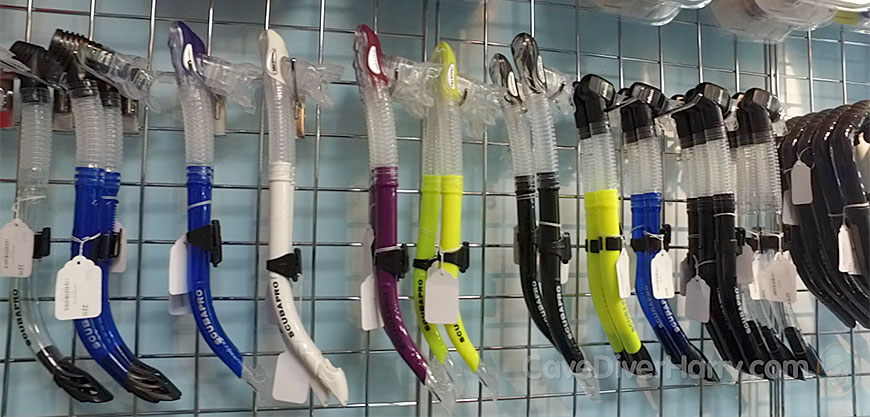
This makes it sound as though, for the most part, snorkels are obsolete. Still, you can make a compelling argument for at least having a snorkel in your possession, based on the principal that, “It’s better to have one and not need it than to need one and not have it.”
This helps explain the biggest single drawback to selling new scuba divers large, bulky snorkels: They are the first pieces of equipment divers will elect to leave behind.
When new divers get out into the real world, among the first things they notice is that a snorkel is the one piece of equipment they seldom, if ever, use and one that few experienced divers wear. In fact, about the only time you see veteran divers wearing snorkels is if they are teaching a class and feel compelled to do so in order to comply with standards.

Given that having a snorkel constantly tugging on your mask strap is a pain in the ass, most divers eventually start leaving their big, bulky snorkels at home, as there is no other place to carry them except on a mask strap.
So what should we be selling instead?
In most instances, the better snorkel for scuba diving looks like this:
- It’s smaller and more streamlined.
- Because it is open at the top and has no self-drain at the bottom, it is vastly better suited for freediving. (It is a rare training agency that does not encourage or even require instructors to introduce students to the fundamentals of freediving — which means that those students will need snorkels with which they can successfully perform displacement clears.)
- Best of all, it can be folded up and stored in a pocket until that rare instance that you might actually need it, meaning that there is no excuse for leaving it at home.
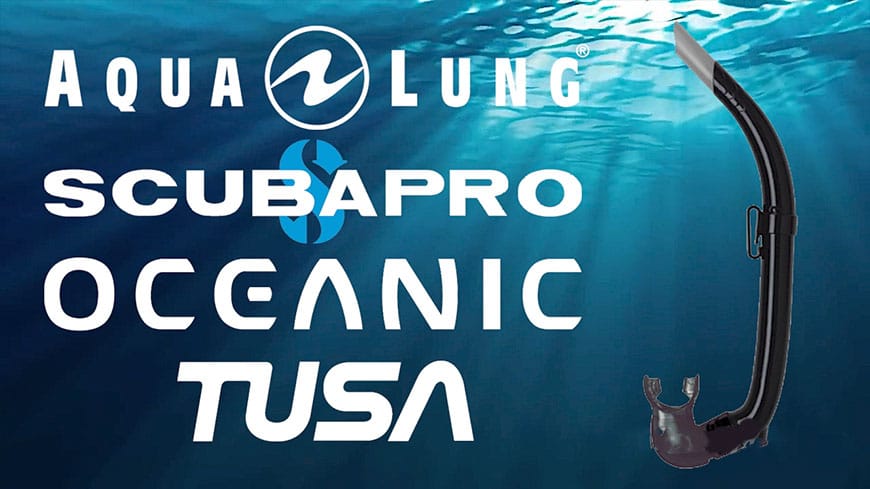
Compact, foldable snorkels are available from several manufacturers. Aqualung has offered their Nautilus folding snorkel since the early 2000s. Scubapro’s new Apnea snorkel is marketed as a freediving snorkel, but also folds up out of the way. Oceanic, TUSA and others offer similar models.
Folding snorkels seldom retail for more than $US40 and often go for closer to $US20. This provides divers with a savings of up to $US50 — money which they can put towards vastly more useful equipment, such as better-quality fins or a personal dive computer.
I’ve seen many instances over the years where new divers who were shopping for that first set of mask, snorkel and fins got sticker shock when they saw how much that new mask would cost them when paired with an oversized adult toy. Unfortunately, many of these divers try to make up the difference by economizing on fins. Doing so is foolish because, while a snorkel is something they will seldom use while scuba diving, fins are something they will use every moment they are in the water.
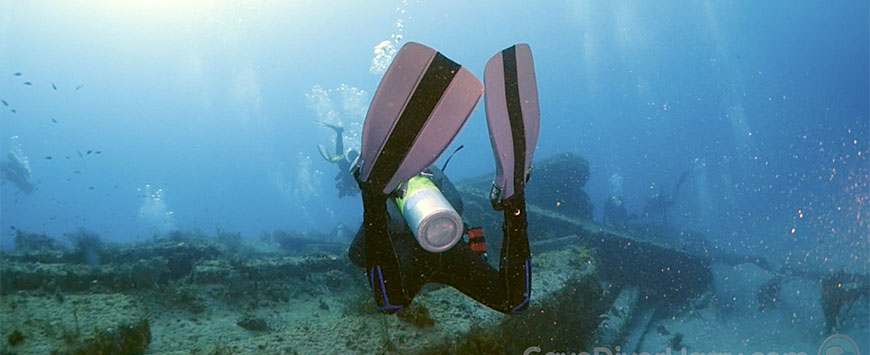
Better quality fins are generally not only more powerful, they are easier to kick and use. They make learning easier and diving more enjoyable. I’ve always encouraged retailers to make wetsuit boots and fins the first thing they sell new divers, not the last. I tell new divers to get the best fins they can afford and, if they need to economize elsewhere, a snorkel is the place.
Make the change
If you are still selling students and customers the wrong kind of snorkel, it’s time to stop.
- If you don’t presently stock at least one make and model of folding snorkel, start.
- Position those big, bulky adult toys as snorkeling models and display them prominently with your snorkeling gear. That’s where they really belong.
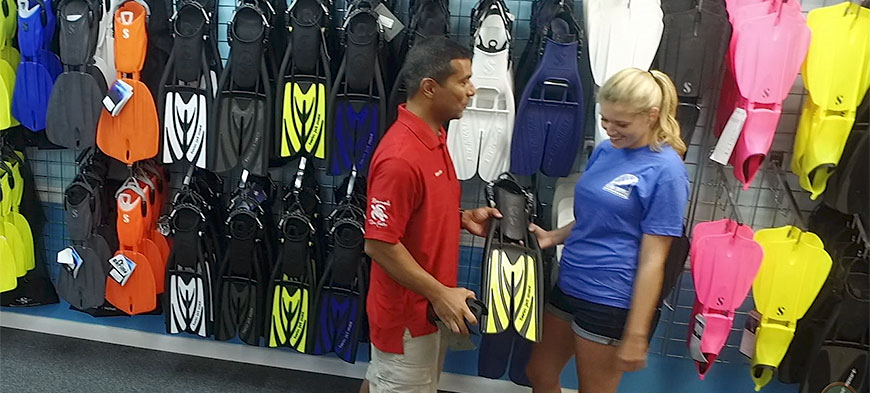
- So that you don’t diminish the value of your overall mask/snorkel/fin sales, make it a point to get more of your new students into the best fins possible. Doing so will make it easier for them to learn and they will have more fun in the process.
Trust is part of building long-term relationships with customers. Show your students they can trust you to help get them into the right equipment the first time, and every time.
